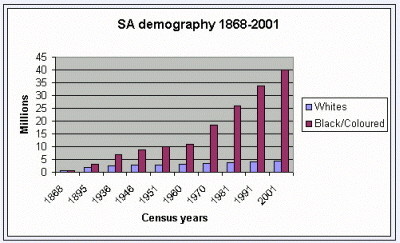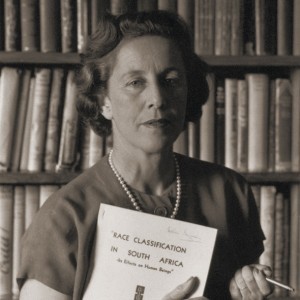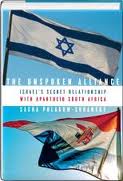Apartheid as Seen by the Boers: The Population History of South Africa
Editorial note: This is Part 2 of an article that appeared in TOO in 2011 and, relevant to the current program of dispossessing White farmers, gives some of the background of the crisis faced by the Boers whose origins in South Africa date to 1652.
Apartheid: A Just War for Demographic Survival of Boer Afrikaners
South Africa was populated by White and Black settlers. The Whites arrived at the Cape in 1652, predominantly from the Netherlands, France, Germany and the United Kingdom, to find only the Bushman as indigenous natives. These were hunter gatherers whose mode of existence kept overall numbers small. In approximately 1770, the eastward migrating Boers came into contact with the southern migrating Xhosa Africans, originally from Central Africa, at the Fish River in the Eastern Cape. Population pressure disputes over the ownership of farming land and cattle resulted in what is known as the Cape Frontier Xhosa Wars. Many Boers then migrated north to found the Free State and Boer Republics.
 One hundred years later, the first census in 1868 revealed a country of 1,134,000 of whom 50% were settlers originally of European origins, and 50% were Black and coloured settlers who arrived respectively from North Africa, or as slaves from the Far East.
One hundred years later, the first census in 1868 revealed a country of 1,134,000 of whom 50% were settlers originally of European origins, and 50% were Black and coloured settlers who arrived respectively from North Africa, or as slaves from the Far East.
In the next 80 years the European population decreased from 50% to less than 25%. By 1948 the census revealed South Africa’s population to be 11,957,000, of which Africans were 8,500,000 (79%) and Europeans 2,500,000 M (21%). Read more






